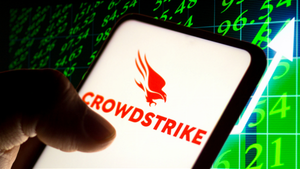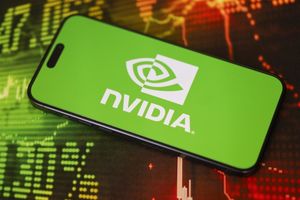
Semiconductor testing company FormFactor (NASDAQ: FORM) announced better-than-expected revenue in Q3 CY2025, but sales fell by 2.5% year on year to $202.7 million. On top of that, next quarter’s revenue guidance ($210 million at the midpoint) was surprisingly good and 5.2% above what analysts were expecting. Its non-GAAP profit of $0.33 per share was 32.7% above analysts’ consensus estimates.
Is now the time to buy FormFactor? Find out by accessing our full research report, it’s free for active Edge members.
FormFactor (FORM) Q3 CY2025 Highlights:
- Revenue: $202.7 million vs analyst estimates of $200 million (2.5% year-on-year decline, 1.3% beat)
- Adjusted EPS: $0.33 vs analyst estimates of $0.25 (32.7% beat)
- Adjusted Operating Income: $28.59 million vs analyst estimates of $24.48 million (14.1% margin, 16.8% beat)
- Revenue Guidance for Q4 CY2025 is $210 million at the midpoint, above analyst estimates of $199.6 million
- Adjusted EPS guidance for Q4 CY2025 is $0.35 at the midpoint, above analyst estimates of $0.29
- Operating Margin: 8.9%, in line with the same quarter last year
- Free Cash Flow Margin: 9.7%, up from 8.6% in the same quarter last year
- Inventory Days Outstanding: 81, in line with the previous quarter
- Market Capitalization: $3.27 billion
“As we said last quarter, we are focused on, and committed to, improving our profitability as we return to a path to our target model,” said Mike Slessor, CEO of FormFactor, Inc.
Company Overview
With customers across the foundry and fabless markets, FormFactor (NASDAQ: FORM) is a US-based provider of test and measurement technologies for semiconductors.
Revenue Growth
A company’s long-term sales performance is one signal of its overall quality. Any business can experience short-term success, but top-performing ones enjoy sustained growth for years. Over the last five years, FormFactor grew its sales at a tepid 2.4% compounded annual growth rate. This fell short of our benchmarks and is a tough starting point for our analysis. Semiconductors are a cyclical industry, and long-term investors should be prepared for periods of high growth followed by periods of revenue contractions.
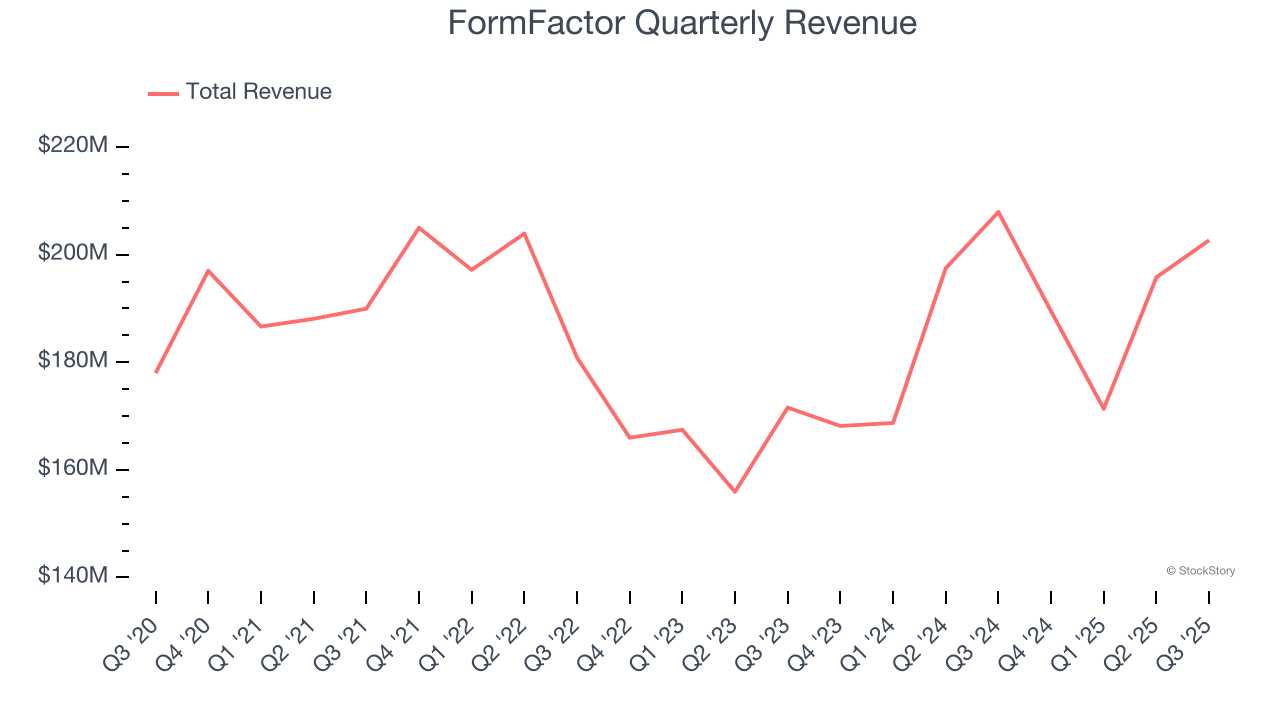
We at StockStory place the most emphasis on long-term growth, but within semiconductors, a half-decade historical view may miss new demand cycles or industry trends like AI. FormFactor’s annualized revenue growth of 7.2% over the last two years is above its five-year trend, suggesting its demand recently accelerated. 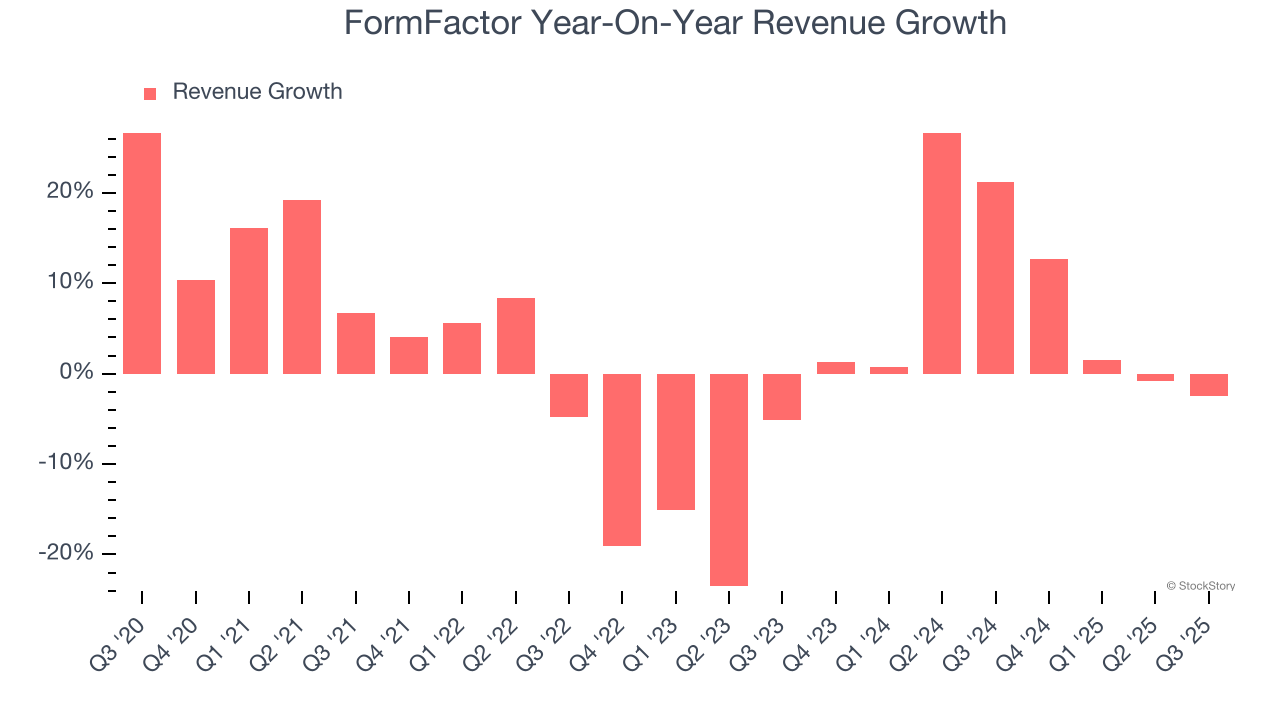
This quarter, FormFactor’s revenue fell by 2.5% year on year to $202.7 million but beat Wall Street’s estimates by 1.3%. Despite the beat, the drop in sales could mean that the current downcycle is deepening. Company management is currently guiding for a 10.8% year-on-year increase in sales next quarter.
Looking further ahead, sell-side analysts expect revenue to grow 6.7% over the next 12 months, similar to its two-year rate. This projection doesn't excite us and indicates its newer products and services will not accelerate its top-line performance yet.
Software is eating the world and there is virtually no industry left that has been untouched by it. That drives increasing demand for tools helping software developers do their jobs, whether it be monitoring critical cloud infrastructure, integrating audio and video functionality, or ensuring smooth content streaming. Click here to access a free report on our 3 favorite stocks to play this generational megatrend.
Product Demand & Outstanding Inventory
Days Inventory Outstanding (DIO) is an important metric for chipmakers, as it reflects a business’ capital intensity and the cyclical nature of semiconductor supply and demand. In a tight supply environment, inventories tend to be stable, allowing chipmakers to exert pricing power. Steadily increasing DIO can be a warning sign that demand is weak, and if inventories continue to rise, the company may have to downsize production.
This quarter, FormFactor’s DIO came in at 81, which is 14 days below its five-year average. At the moment, these numbers show no indication of an excessive inventory buildup.
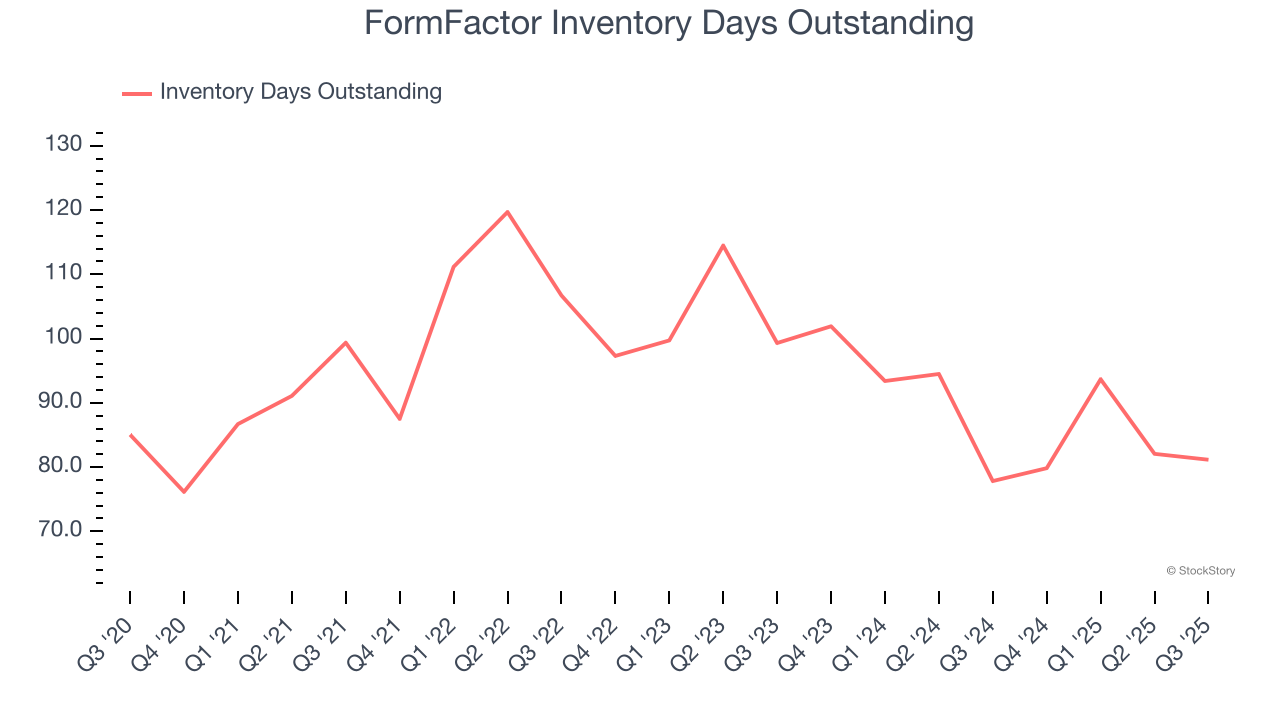
Key Takeaways from FormFactor’s Q3 Results
It was good to see FormFactor beat analysts’ EPS expectations this quarter. We were also excited its adjusted operating income outperformed Wall Street’s estimates by a wide margin. Zooming out, we think this was a good print with some key areas of upside. The stock traded up 9.6% to $52.20 immediately following the results.
FormFactor may have had a good quarter, but does that mean you should invest right now? The latest quarter does matter, but not nearly as much as longer-term fundamentals and valuation, when deciding if the stock is a buy. We cover that in our actionable full research report which you can read here, it’s free for active Edge members.





